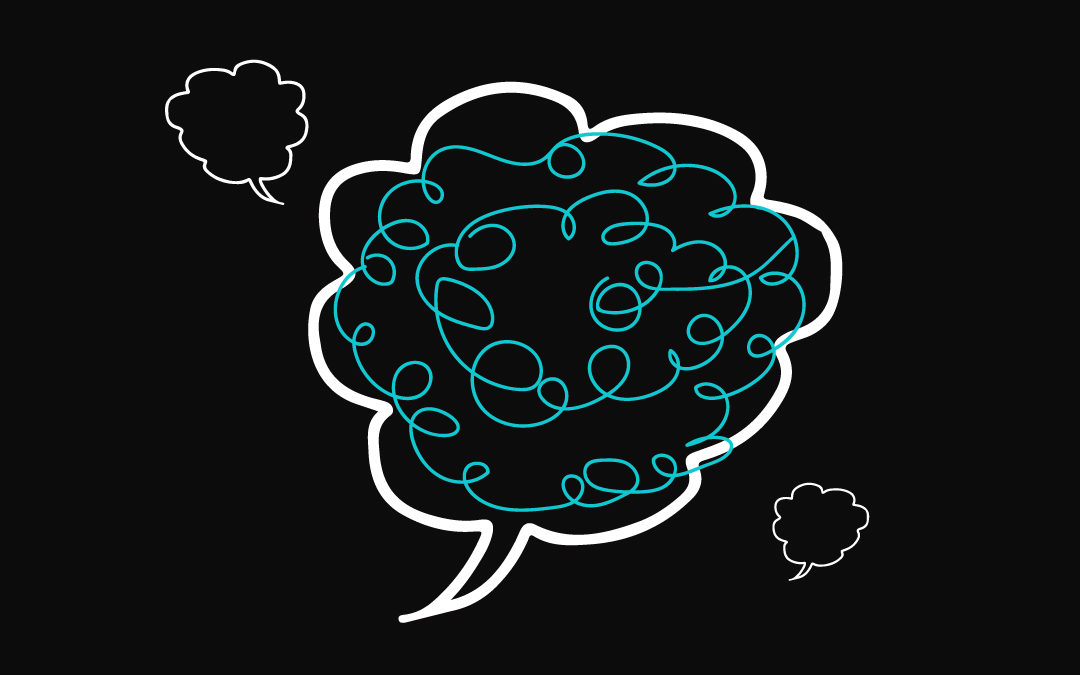Our recent work rebranding Topstep—a financial trading platform based in Chicago, IL—shed light not only on our belief in the power of simplicity and clarity for our client but also on internal agency processes that helped us create an authentically differentiated brand. I sat down recently with our Director of Strategy, Giovanna Blackston Keren, to have a candid conversation about our roles in this process and why agencies seem to talk about the relationship between Strategy and Design more often than it comes together successfully in real life. We used our work on Topstep as a prism for this discussion because, in many ways, the project typified how we seamlessly crafted a strategy + design experience from start to finish. Giovanna asked all the right questions.
Why are agencies always talking about the collaboration between Strategy and Design? If it really happens so seamlessly, and if it’s the norm, then why are we all still talking about it?
The truth is, a seamless integration of the two is the ideal but not all agencies are able to pull it off. With Topstep, as with other clients, we were able to bridge the gap by bringing designers into the project early and keeping strategists involved throughout the process. Inviting designers to the initial kickoffs and key meetings helped them absorb the full brand story, informing their creative development. Inviting strategists to provide quick gut-checks throughout the creative process also kept things moving forward while also voicing moments when design needed to shift or even stand down and let the strategy come through more prominently. Extending involvement in both directions is often a problem of bandwidth, but well worth it in the end.
Why do you think that Strategy and Design often seem to be on such different pages, that actually finding a way for us to be talking the same language is challenging?
There is often a natural divide between the expert skill sets of the Strategist and the Designer but, here at Emotive Brand, we bridge that gap in a few ways. One is by having designers involved in Strategy meetings and vice versa; we have also started to share knowledge within our teams through skill-sharing workshops so that Strategists and Designers understand what each other do and literally begin to speak the same language. It also helps that we have specific roles for Creative Strategists—strategists with design/writing backgrounds and steeped in design but performing as a high-level strategic thinker and, at times, a copywriter for the designers and presentations. Their role often transcends boundaries and is the connective thread between strategy and design processes, as well as the articulation of creative thinking to the client. Specifically, with Topstep, this seamless dialogue between Strategy and Design allowed us to focus on the inauthentic, dry, and confusing nature of the language of most financial institutions. Our designers utilized this insight to tap into something bespoke and authentic—cutting through the clutter with radical honesty and a bold, language-driven typographic system.
So often throughout my career, I’ve felt like when I’m finally sharing the strategic blueprint with designers, they tend to see it as shackles rather than a wellspring for exploration—even though the strategy platform is usually built upon months and months of research, interviews, and insights. Do you see Strategy as a constraint in your process?
I actually find that the right kind of constraint can function as a creative accelerant to get you to the strongest ideas much quicker, but perhaps guardrails is a better word than constraints because, without the guidance of the strategy, you’re often jumping around in different directions, exploring far too many ideas that don’t have the grounding of the strategy. I have a fine art background so I know all too well that stepping up to a blank canvas with no plan in mind is much more of an overwhelming challenge than when I have my sketchbook full of notes to guide my process. When you have strategic limits in place, it creates much more freedom and opportunity for a deeper exploration rather than wider, and in this sense, the rules can actually set you free. When we started our initial ideation for Topstep’s new brand identity, we cast a wide net with 20-30 different mood boards but the strategy helped us efficiently narrow our focus to 5 of the most relevant and resonant options that embodied the strategy and the kind of brand that Topstep wanted to be.
Ultimately, we’re not creating just brand strategies, and we’re not creating visual identities. We’re creating brand experiences, brand worlds, and those worlds have to be built out of Strategy and Design.
Yes, the success we enjoyed with Topstep came from the constant conversation between designers and strategy along the journey—using the strategic platform as a foundational road map for creative exploration. We were very purposeful in bringing the client along on the journey as an active participant and everything we presented to them was met with a very open discussion about our rationale for design decisions—no feedback or pain point was too delicate to unpack between us, which is often a missed opportunity between agency and client. I think that level of honest conversation from the very start of the strategy process through the end of design helped build a foundation of trust and respect between us and the client that allowed us to move much more efficiently and make great decisions together. Ultimately, it helped a great deal when it came time to sell in a radically simple design direction.
The final design direction for Topstep was directly inspired by one of the territories that we brought to Topstep in our Strategy Workshop “And the rules shall set you free.” Traders often feel that the rules hold them back from really being able to be the successful trader they think they can be but, in reality, it is these very rules that keep them on the right path to ultimate success. Seems like a meaningful parallel here with our conversation about the relationship between Strategy and Design?
Definitely. Just as Strategy provides guardrails, it also allows you to explore freely without feeling like you’re staring at that blank canvas, reaching for any idea that may be well-executed but has no relevance with the business or what it is we’re trying to achieve, and in that way, the rules really can set you free. For Topstep, we harnessed this strategic freedom to move against the grain of the natural instinct for many clients to add as many elements into the composition as possible to tell their story and opting for being utterly clear, simple, and to the point, and in the financial world, that becomes quite radical.
“The ability to simplify means to eliminate the unnecessary so that the necessary may speak.” — Hans Hofmann
Click the link to see our work for Topstep: https://www.emotivebrand.com/topstep/
Emotive Brand is a brand strategy and design agency in Oakland, California.





